Chair of ISPA Steve Leighton on Solving the UK’s Full Fibre Take-up Problem
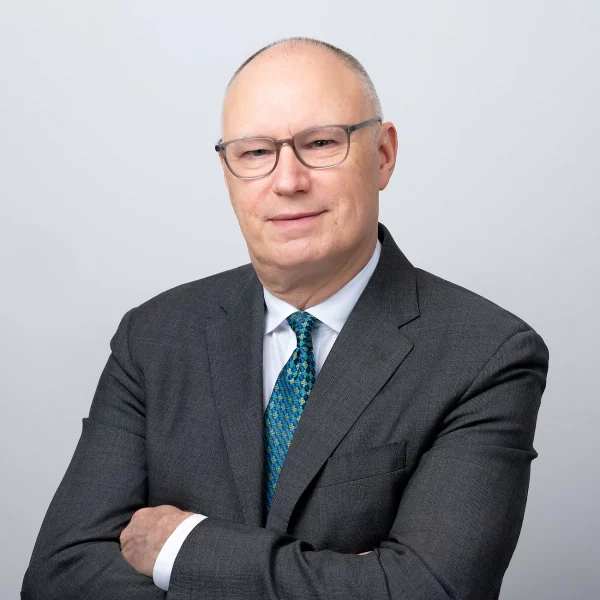
The Strategic Advisor for fibre supplier Altnets and Chair of the UK Internet Service Provider’s Association (ISPA), Steve Leighton, has made a number of recommendations on how he believes the broadband sector can address one of its “most pressing challenges” – low adoption of full-fibre services despite expanding network coverage.
At present around 88% of UK premises can already access a gigabit-capable broadband network or 78% when only looking at Fibre-to-the-Premises (FTTP) technology (here). Ofcom separately forecasts that gigabit coverage could rise to somewhere between 91% and 97% of homes by January 2028 (here).
Network coverage is thus one of the most common and familiar measures when assessing progress, but in a market under so much economic strain (e.g. rising build costs and high interest rates) – and filled with so many competitive network operators (i.e. overbuild this means splitting customers between several competing networks) – it’s also very important to understand the impact of customer take-up.
Advertisement
The challenge was recently underlined by a new report from Enders Analysis (here), which reported that the average FTTP network penetration rate across the industry now stood at about 15% (up slightly from 12% in 2023). Some providers are doing much better on this front than others, but take-up is clearly still a weak area for many providers.
Steve’s view is that some of the core problem areas stem from the issues of public understanding and perception. Part of this, says Steve, stems from a long history of confusing advertising (i.e. describing “part-fibre” services like FTTC as “fibre broadband“, which then makes it harder to sell true “full fibre” because consumers think they already have it). The other part is the issue of brand reputation.
Steve Leighton said:
“A reluctance to move to a provider customers don’t feel familiar with continues to limit take-up across multiple altnets. Adoption is being hindered by worries over service dependability as well as low exposure and mistrust of challenger businesses. Smaller operators need to demonstrate the reliability of their networks and the legitimacy of their brand in a market still dominated by long-standing incumbents.”
Steve goes on to state his view that the benefits of full fibre are also not being felt equally: “Exclusion still exists on a large scale and can be broken down into three categories: economic, where households are unable to pay for the connectivity they need; geographic, where availability is limited by remoteness and the accompanying lack of infrastructure; and educational, where there is a lack of knowledge about options or technology.”
The issue of consolidation also crops up, with Steve pointing out that this helps by delivering the “scale needed to boost operations and attract investment“, although he warns that its advantages may not become apparent “unless it enhances rather than detracts from the customer experience … Any decline in service quality during or after consolidation poses the danger of undercutting the sector’s hard-won momentum, slowing adoption, and damaging credibility.”
Advertisement
Finally, Steve makes a series of recommendations, which can be summed up as follows.
The Recommendations
1. Modify the industry’s marketing strategy to ensure communications are clear, accessible and centred on what full fibre legitimately offers rather than just what it is. “This entails emphasising the practical advantages, such as improved tools for businesses, stronger communities, faster connectivity, and a more competitive UK economy. On the other hand, using semi-technical terminology and headline speeds simply turns off customers“.
2. Introduce a strong national education campaign to “guarantee” that every community is aware of and able to utilise the advantages of next-generation connectivity.
3. Move beyond isolated local [skills training] programmes, replacing them with a strategy that “guarantees everyone has access to meaningful and continuous digital training“, regardless of circumstance. [Some] 10.2 million UK adults, roughly 20% of the population, are unable to complete all eight basic “Foundation” digital tasks, such as logging into a device, according to the House of Lords Communications & Digital Committee.
4. Economic exclusion is a significant obstacle, with 1.9 million households struggling to afford broadband. For individuals in need, social tariffs offer some help, but affordability goes beyond monthly expenses. “Without the technology needed to use it, having access to the internet is useless, and many families are still unable to engage in the digital world fully.”
While regional and siloed initiatives exist to address this, Steve suggests there is a “strong case for a coordinated national approach that ensures equitable access to both connectivity and the tools needed to make use of it“.
Steve makes plenty of fair and valid points above, although as always the challenge stems from converting such views into practical actions. At the same time, we’d disagree that using “headline speeds” turns off customers, since it’s one of the few practical ways in which the performance differences can be clearly and simply communicated to consumers.
We’d also add that today’s market is an incredibly confusing mix of multiple different networks, with different levels of coverage and ISPs that sell packages across those many different networks, often with different price points and features for each one. Consolidation thus isn’t just about the core business case, it will also hopefully bring some much-needed simplification to an already terribly confusing market. But that may take a few years.
Mark is a professional technology writer, IT consultant and computer engineer from Dorset (England), he also founded ISPreview in 1999 and enjoys analysing the latest telecoms and broadband developments. Find me on X (Twitter), Mastodon, Facebook, BlueSky, Threads.net and Linkedin.
Advertisement
Leave a Reply Cancel reply
Privacy Notice: Please note that news comments are anonymous, which means that we do NOT require you to enter any real personal details to post a message and display names can be almost anything you like (provided they do not contain offensive language or impersonate a real person�s legal name). By clicking to submit a post you agree to storing your entries for comment content, display name, IP and email in our database, for as long as the post remains live.
Only the submitted name and comment will be displayed in public, while the rest will be kept private (we will never share this outside of ISPreview, regardless of whether the data is real or fake). This comment system uses submitted IP, email and website address data to spot abuse and spammers. All data is transferred via an encrypted (https secure) session.





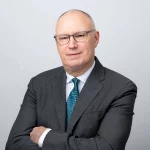

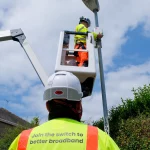




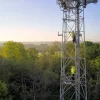
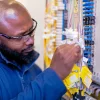

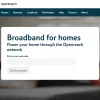





































Simple answer is automatic conversion to full fibre that probable means low cost options that are the same prices as the current non fibre service . There would be a lot of cost savings with this approach